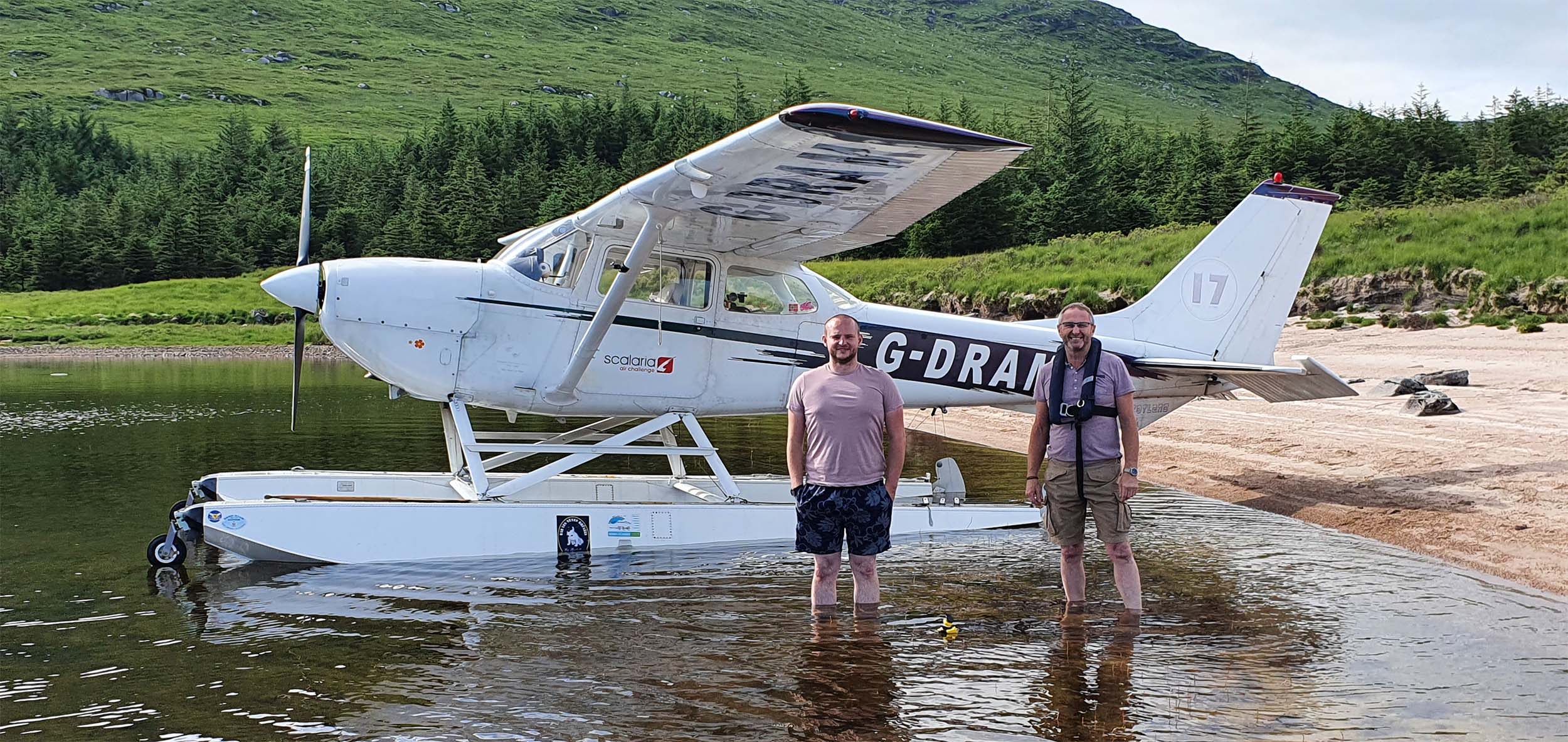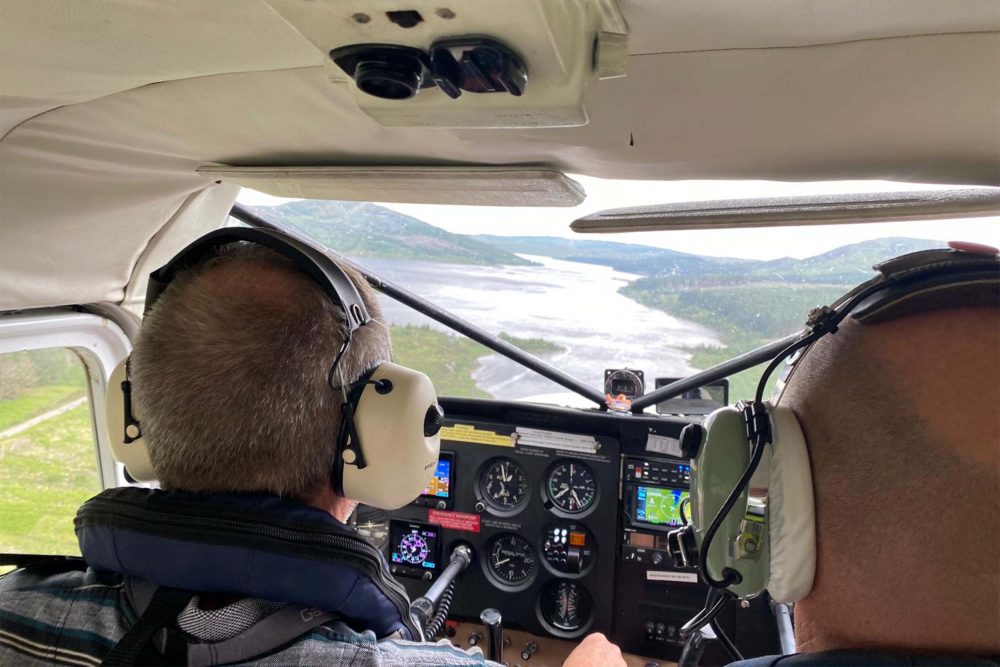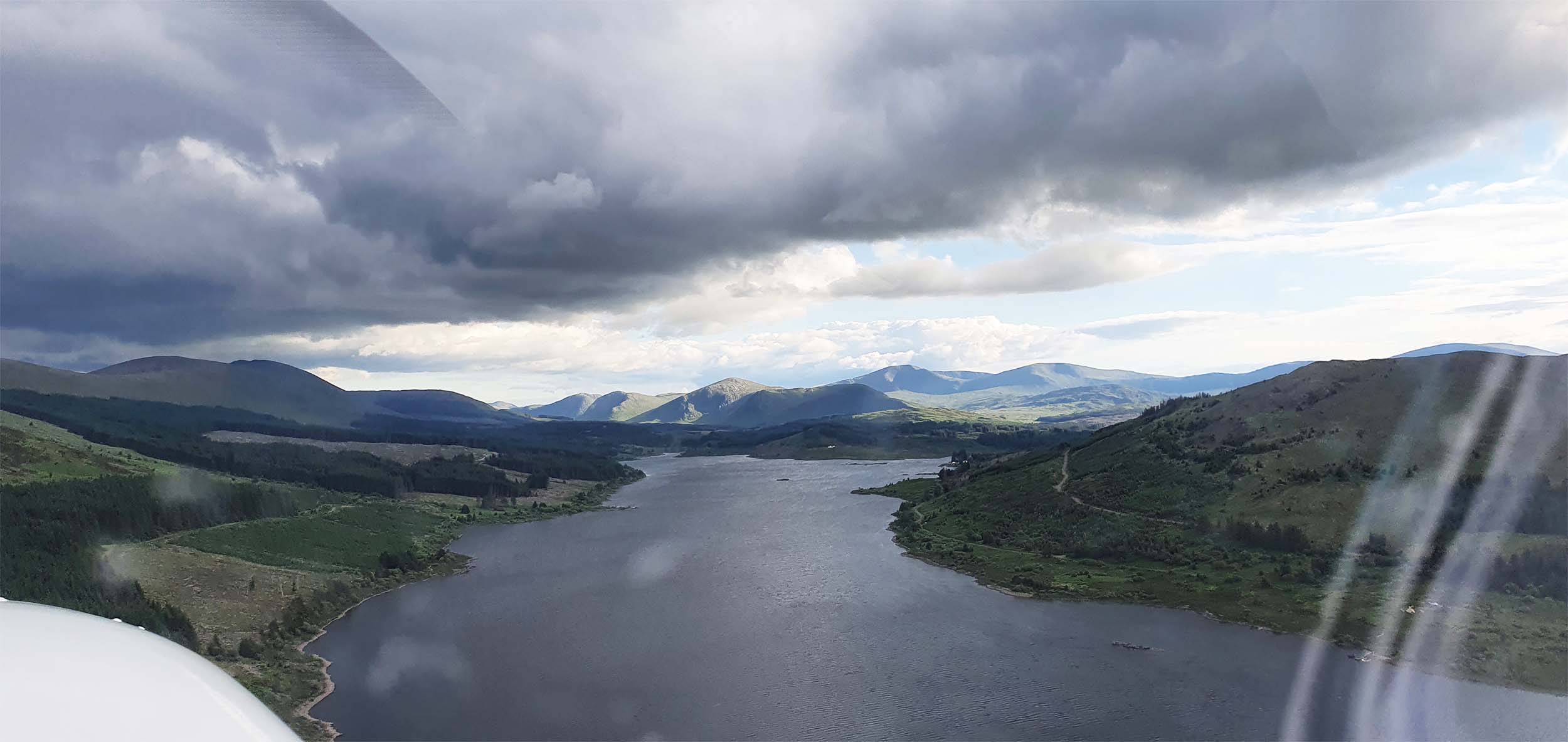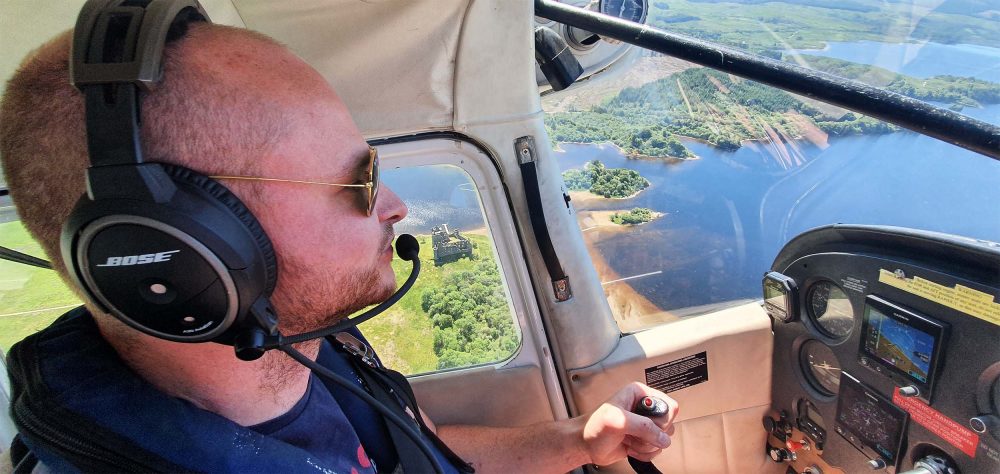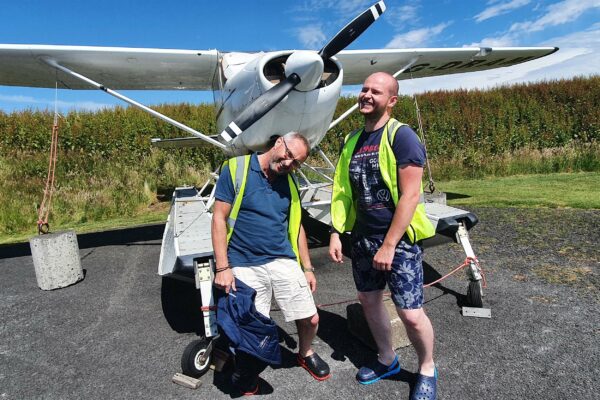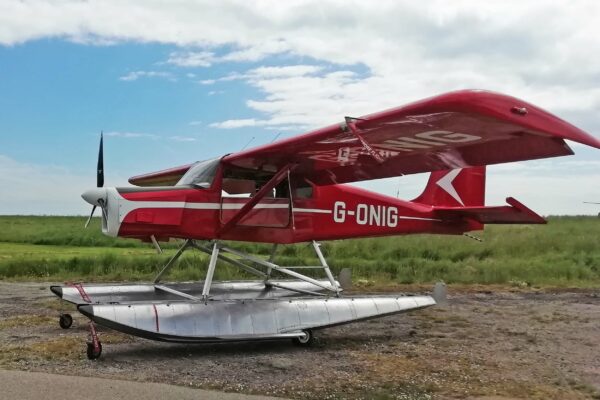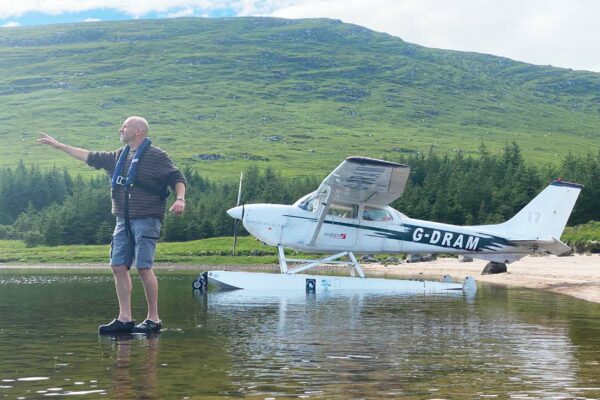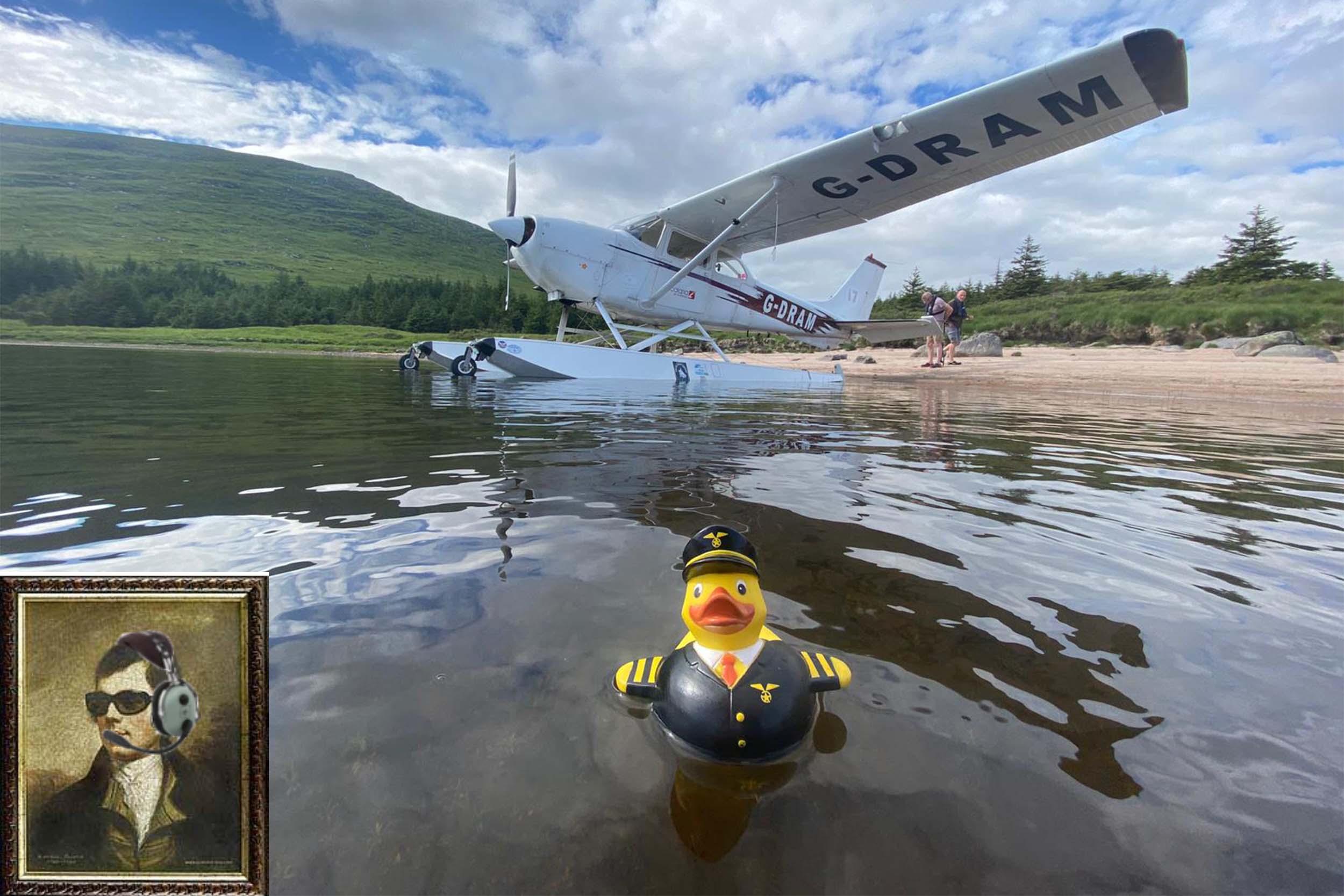Loch Doon becomes the River Doon, passing under the Brig O’Doon at Alloway, where Robert Burns was born and where he was inspired to write the horror tale of Tam O’Shanter, as well as the more romantic Banks and Braes O’ Bonnie Doon.
In our more advanced lessons we also use the dramatic lochs around Loch Trool and Loch Dee – some are up to 1,700ft asl, which makes for some interesting density altitude calculations – particularly in the height of summer!
Further afield Scotia also offer two or three day ‘seaplane safaris’, heading north from Prestwick into the mountains, and staying at various locations, Oban, Glenforsa or Plockton. This is an ideal way for two pilots, or a pilot and partner, to experience Alaska-style bush-flying closer to home. You gain dual time and learn mountain flying techniques and skills. Lochs, mountains, beaches, hotels, whirlpools, picnics, eagles, distilleries and castles can all be woven into a mini-adventure.
The flexibility and versatility of amphibian operations means Scotia can slip the surly bonds of hard runways, and enter a landscape with more than 100 potential landing sites. With three normal-sized adults on board, it is restricted to two-and-a-half hour sorties, so avgas availability then becomes a vital part of the planning. The recently reopened facilities at Oban Airport are a godsend, which now enables the company to base itself at Oban or Mull, from where it can access and experience the entire west coast of Scotland.
Primarily based at Prestwick Airport (open 24/7) and operating from Prestwick Flight Centre, the surrounding area is well served with amenities and alternatives to flying should either the weather or family feel uncooperative. The base is also less than an hour by train from Glasgow, and within the Prestwick/Ayr area there are golf courses, museums (that chap Burns again), and ‘plenty big hooses’ to see – Culzean Castle and Dumfries House to name but two.
As Robert Burns appropriately predicted in his poem The Cotter’s Saturday Night: From scenes like these, old Scotia’s grandeur springs… He could quite easily have been writing about his local seaplane base.
Click here For more info


